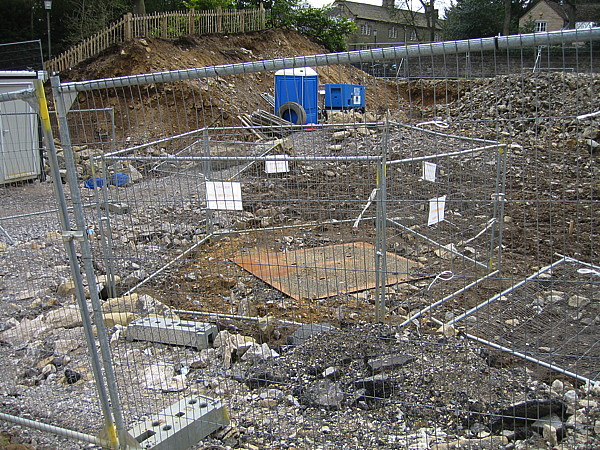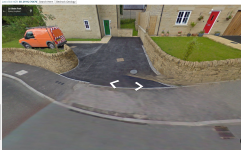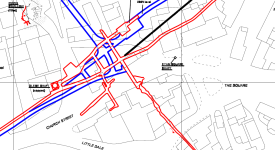A_Northerner
Well-known member
Evening all, big news in Stoney Middleton is that a long overdue de-silting is taking place in the village. The local flood management group have been trying to get it done for years since the dam broke in 2007. The council removed debris from the stream but never did a desilting which has led to massive floods in Stoney ever since. Apparently it used to be done a lot more regularly. They've removed 6 tonnes so far, last time it was done they took 20 tonnes total.
Thought it might be of passing interest to cavers in the area. The lead campaigner for the Stoney Flood Group has mentioned that cavers used to help out with clearing streams and various soughs in the area (group of "Old Blokes with beards from Op Mole" according to one resident) but there's been no involvement for over 10 years. He's keen to get cavers back involved though and says he's been meaning to get the bottom of Moorwood Sough root cut/inspected by the council for a while as it's been left to overgrow, and is a particular contributor to recent floods. He quoted John Gunn's study on the hydrology of the area and in particular the part where John recommends regular cutting of Moorwood Sough to manage floods in Stoney, as well as opening up Glebe Shaft for inspection as well, none of which is done regularly any more.
Does anyone have any personal experience of helping Stoney residents with waterway clearance for flood management, is it something that could be kick-started again?
Picture is from a resident of the current silt dredging.

Thought it might be of passing interest to cavers in the area. The lead campaigner for the Stoney Flood Group has mentioned that cavers used to help out with clearing streams and various soughs in the area (group of "Old Blokes with beards from Op Mole" according to one resident) but there's been no involvement for over 10 years. He's keen to get cavers back involved though and says he's been meaning to get the bottom of Moorwood Sough root cut/inspected by the council for a while as it's been left to overgrow, and is a particular contributor to recent floods. He quoted John Gunn's study on the hydrology of the area and in particular the part where John recommends regular cutting of Moorwood Sough to manage floods in Stoney, as well as opening up Glebe Shaft for inspection as well, none of which is done regularly any more.
Does anyone have any personal experience of helping Stoney residents with waterway clearance for flood management, is it something that could be kick-started again?
Picture is from a resident of the current silt dredging.






